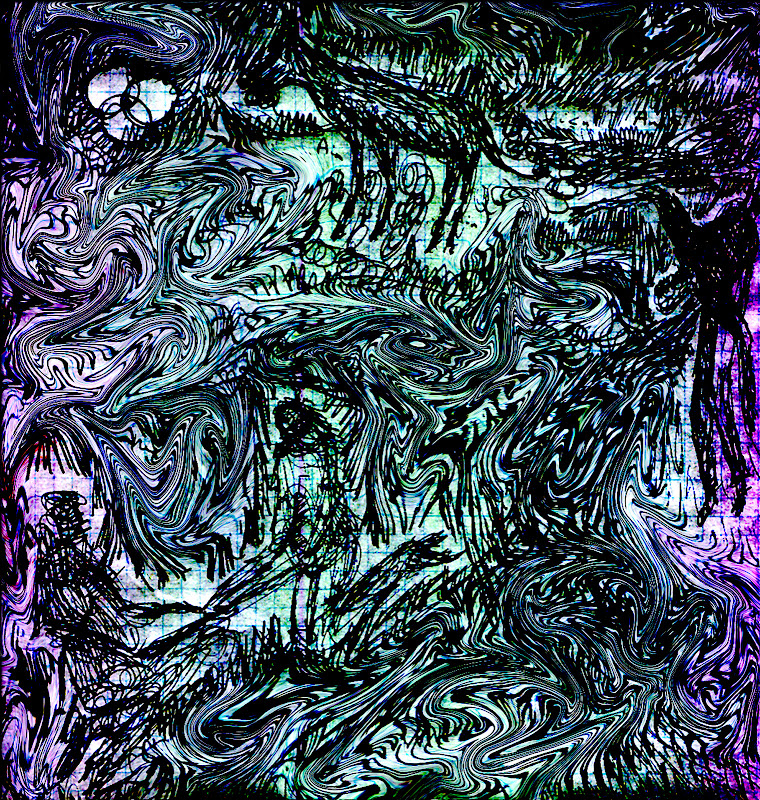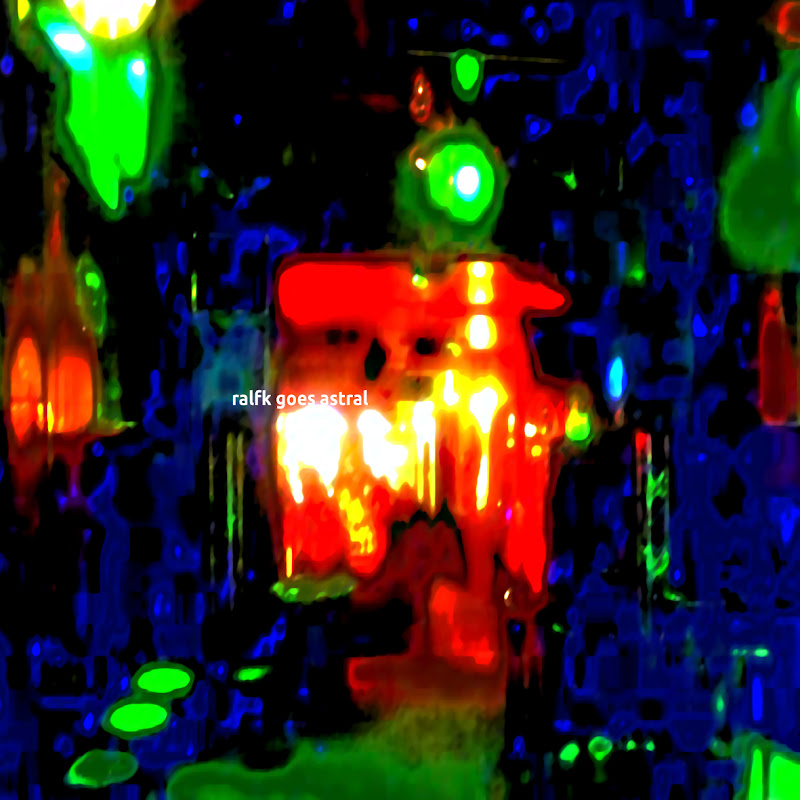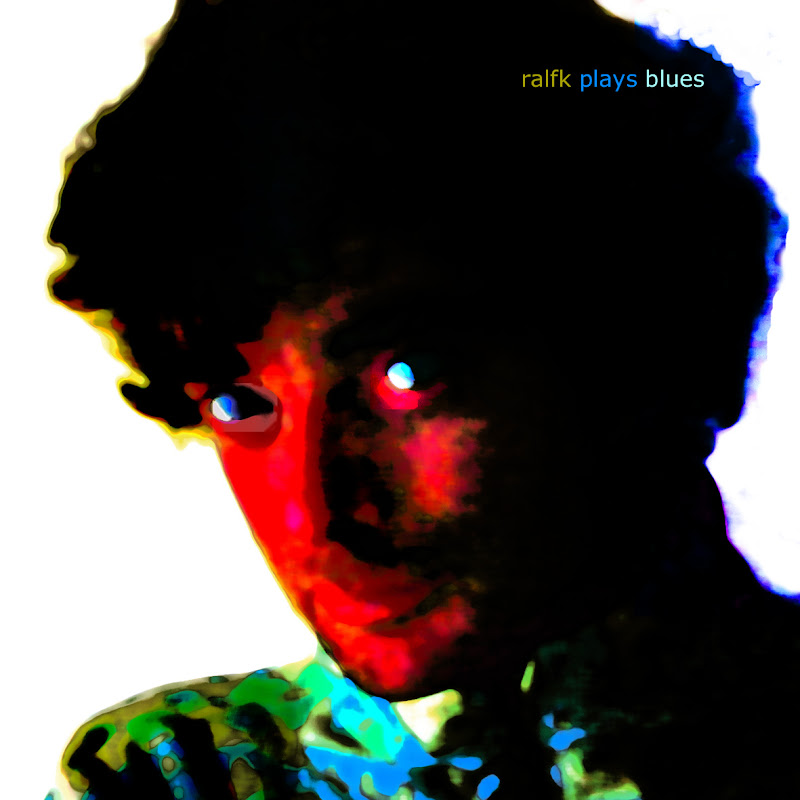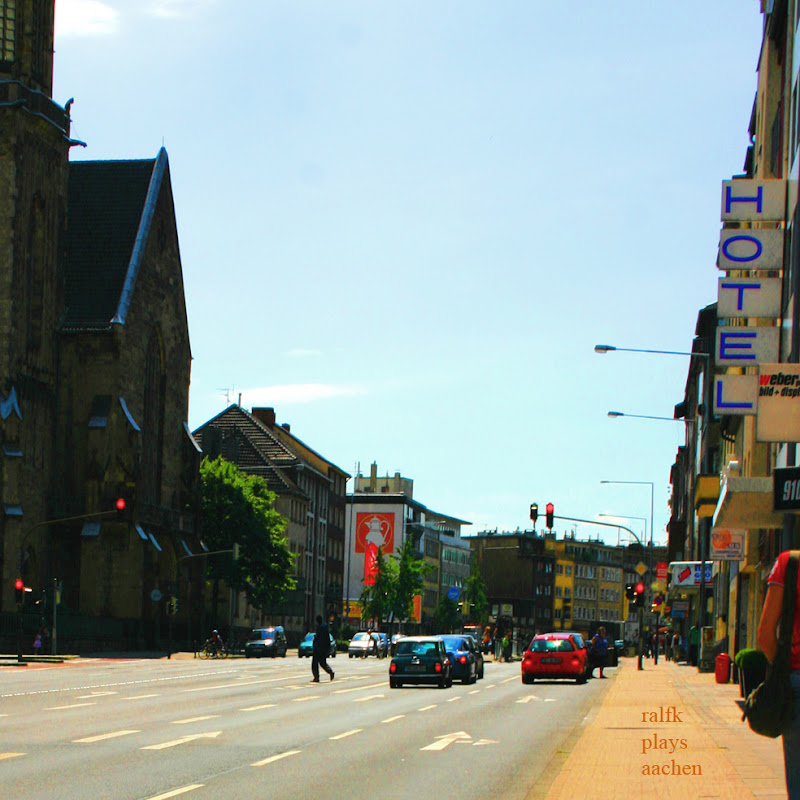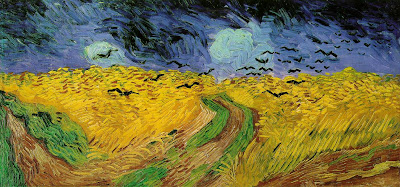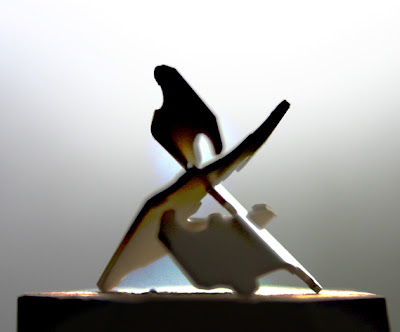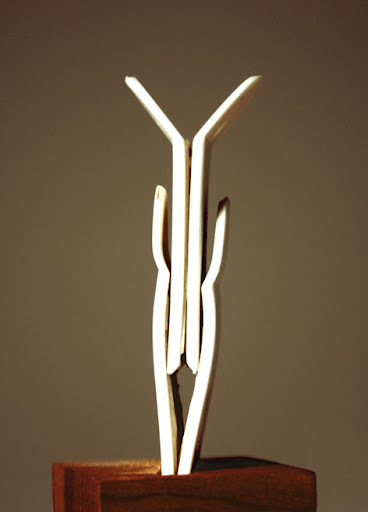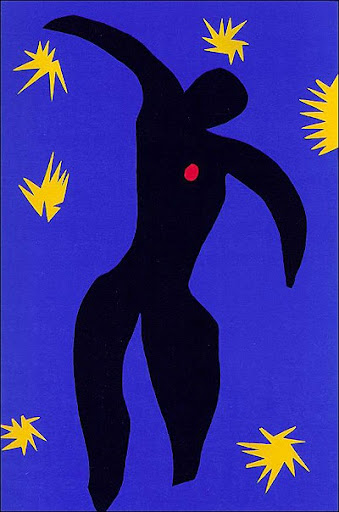to continue from the previous post, i remember writing in my comment last year, that the borders between art and entertainment are fading rapidly.
and, the applause machine for this development is being cranked to the highest level. only natural, when one understands the mechanisms behind this. these mechanisms are many and varying in nature.
but a main ingredient is that smart marketing of a relatively shallow product gives a great yield. which is why so much effort is put in the marketing, especially when compared to the product being marketed.
which is why on our television sets we see channel after channel filled with the same rather meaningless entertainment programmes, and we have to search hard among our 100 channels to find serious and well-researched documentaries. [later comment: i must have been in a negative mood writing this - recently i saw various very good documentaries!]
in art, there used to be an added complication. namely the pretention that art is somehow `deep' and `meaningful' and `important commentary on society' etc. etc. etc. but, as we progress, this pretention can surely be dropped. more and more we see that art is being presented as `cultural business'. in the netherlands (as elsewhere i'm sure, since the netherlands never dare to take up a serious frontline position in the arts) the word `cultural entrepreneur' is being advocated instead of `visual artist'.
we are condoning the usurpation of art by business types, money makers and managers. we are more and more sponsoring entertainment which is presented as art, with funds which should [could at least, to be less morally pressuring] be used to create some depths in our modern culture. depths which the entertainment machine will never create, because the effort-yield ratio is too low in business terms.
the running example: kunstweek 2009 (dutch `art week') not only organizes a largely pre-arranged election, but in order to gain momentum -which means enough participants in the election, since success in the entertainment industry is always measured in audience numbers- they offer prizes which can be won if you vote.
and then they dare say (again i translate literally from their website):
Question: Which criteria determine whether an artist is good or not?
Answer: Much can be said on the creative and artistic value of art [sic!], except that it can be measured with concrete norms. There are no conceivable absolute norms for the appreciation of art, neither the market value nor the artistic value. But even if the quality of art cannot be quantified, the resonance and the appreciation can. And that is the goal of the election!
notice, that first they say that there are no conceivable absolute norms for the appreciation of art, and then one sentence later they say that the appreciation of art can be quantified...i'm not joking!
such quantification is even the very goal of the election, they say.
i'm sorry. words fail me. good luck, brave new entertainment world. i always thought art was about something else. perhaps we can invent a new word for artists like me, meaning something like `silly old romantic strugglers with paint, colour, form, life, depth, nature, human existence, beauty'?
better still: let's organize an election for such a word!!! the best word -to be judged by a panel of experts from the advertisement industry- will win the 10,000 easels which were used in the interactive art work `we are all artists' which won the heineken art festival 2009!!! (`we are all artists' is a work by by cultural entrepreneur
ralf kwaaknijd in which on a large public square 10,000 people (selected through an internet election) paint a collective portrait of our queen, which is 100 x 100 pixels. each canvas is approximately 20 x 20 cm, the completed portrait measures 20 m x 20 m.)

